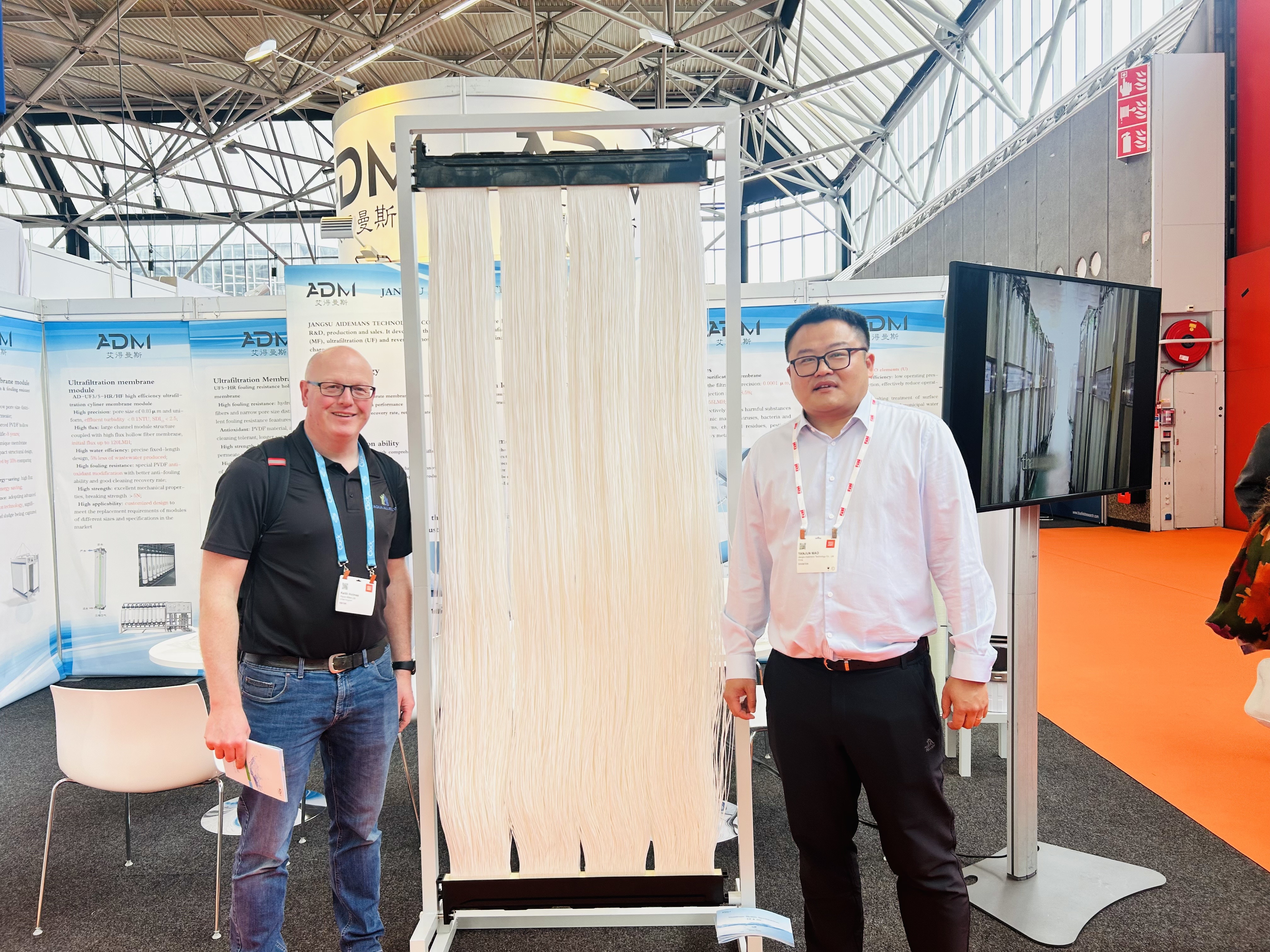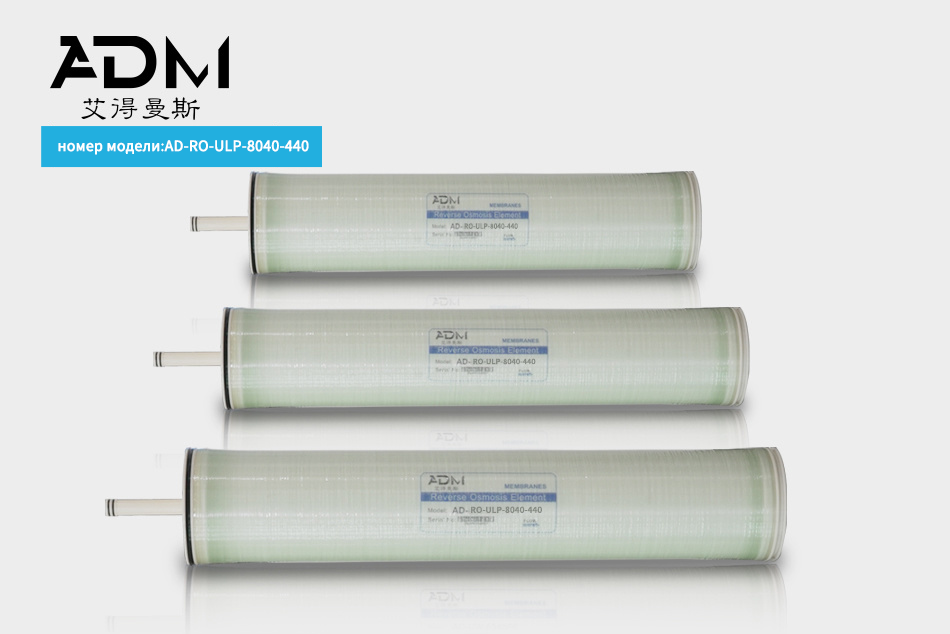Understanding Reverse Osmosis EHF: A Key Player in Advanced Filtration Technologies
Release time:
2025-07-23
Reverse Osmosis EHF, or Reverse Osmosis with Enhanced High Flux, represents a significant advancement in the field of filtration technology, particularly within industrial applications. At its core, Reverse Osmosis (RO) is a process that uses a semipermeable membrane to separate contaminants from water, allowing only pure water to pass through. EHF takes this process a step further by increasing t
Reverse Osmosis EHF, or Reverse Osmosis with Enhanced High Flux, represents a significant advancement in the field of filtration technology, particularly within industrial applications. At its core, Reverse Osmosis (RO) is a process that uses a semipermeable membrane to separate contaminants from water, allowing only pure water to pass through. EHF takes this process a step further by increasing the flow rate of permeate, making it a highly efficient solution for filtration needs in various industries.
The fundamental principle of Reverse Osmosis EHF rests on the application of pressure to overcome osmotic pressure, effectively pushing water through the membrane while leaving larger impurities, such as salts, microorganisms, and organic materials behind. This process is exceptionally effective for applications requiring high purity levels, such as in pharmaceuticals, food and beverage processing, and electronics manufacturing.
One of the most notable advantages of Reverse Osmosis EHF is its ability to deliver high flux rates. This characteristic is particularly beneficial for industries that demand large volumes of purified water in a relatively short time frame. The EHF technology optimizes membrane performance, reducing energy consumption and operational costs associated with the filtration process. Moreover, the enhanced flow rates can lead to smaller system footprints, allowing for more compact installations without compromising efficiency.
In addition to its efficiency, Reverse Osmosis EHF systems are known for their versatility. They can be integrated with other water treatment methods, such as pre-filtration and post-treatment processes, to create comprehensive purification systems tailored to specific industrial needs. This adaptability makes them an attractive option for businesses aiming to meet strict regulatory standards for water quality while also addressing sustainability goals.
Regular maintenance and monitoring of Reverse Osmosis EHF systems are essential to ensure optimal performance and longevity. Users should be familiar with the typical fouling and scaling issues that can arise and implement appropriate cleaning protocols and replacement schedules for membranes. Adopting preventive measures can significantly extend the lifespan of the filtration setup and maintain its efficiency.
In conclusion, Reverse Osmosis EHF stands as a pivotal technology in the filtration industry, providing efficient, high-capacity solutions for a variety of industrial applications. Understanding its mechanisms, benefits, and maintenance requirements can empower professionals to make informed decisions that enhance water purification processes, ultimately supporting operational excellence and environmental sustainability.
The fundamental principle of Reverse Osmosis EHF rests on the application of pressure to overcome osmotic pressure, effectively pushing water through the membrane while leaving larger impurities, such as salts, microorganisms, and organic materials behind. This process is exceptionally effective for applications requiring high purity levels, such as in pharmaceuticals, food and beverage processing, and electronics manufacturing.
One of the most notable advantages of Reverse Osmosis EHF is its ability to deliver high flux rates. This characteristic is particularly beneficial for industries that demand large volumes of purified water in a relatively short time frame. The EHF technology optimizes membrane performance, reducing energy consumption and operational costs associated with the filtration process. Moreover, the enhanced flow rates can lead to smaller system footprints, allowing for more compact installations without compromising efficiency.
In addition to its efficiency, Reverse Osmosis EHF systems are known for their versatility. They can be integrated with other water treatment methods, such as pre-filtration and post-treatment processes, to create comprehensive purification systems tailored to specific industrial needs. This adaptability makes them an attractive option for businesses aiming to meet strict regulatory standards for water quality while also addressing sustainability goals.
Regular maintenance and monitoring of Reverse Osmosis EHF systems are essential to ensure optimal performance and longevity. Users should be familiar with the typical fouling and scaling issues that can arise and implement appropriate cleaning protocols and replacement schedules for membranes. Adopting preventive measures can significantly extend the lifespan of the filtration setup and maintain its efficiency.
In conclusion, Reverse Osmosis EHF stands as a pivotal technology in the filtration industry, providing efficient, high-capacity solutions for a variety of industrial applications. Understanding its mechanisms, benefits, and maintenance requirements can empower professionals to make informed decisions that enhance water purification processes, ultimately supporting operational excellence and environmental sustainability.


